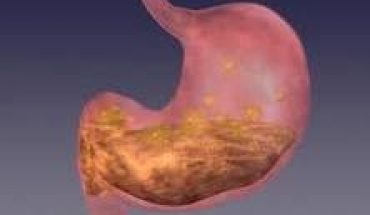The hormonal disorder which emerges when the body’s tissues are continuously exposed to high levels of the hormone cortisol is called cushings syndrome. Sometimes called hypercortisolism, cushings syndrome is a pretty rare disorder which tends to afflict individuals between the ages of 20 and 50 years. Additionally, persons who have a combination of obesity, type two diabetes, high blood pressure, and poorly controlled blood glucose levels, are at a higher risk for this condition.
Symptoms of Cushings Syndrome
The symptoms of cushings syndrome are diverse. For the most part however, people with the ailment tend to have obesity in the upper body, additional fat surrounding the neck and slender arms and legs. Children who have the disorder are usually obese and their growth rate may be retarded.
Other indications of the disease are observed on the skin. The skin may become fragile and/or thin, easily bruised and may heal poorly. Stretch marks that are purple or pink may be observed on the thighs, buttocks abdomen, arms or breasts. Additionally the bones become weaker. This leads to backaches and rib or spinal column fractures triggered by normal activities such as bending over, lifting, or getting up from a sitting position.
Women who have cushings syndrome tend to grow excess hair on the face, neck, upper body, and thighs. They may also experience irregular menstrual cycles or a halting of menstrual periods. Men with the disease may experience lowered fertility coupled with reduced or absent sex drive and sometimes, erectile dysfunction.
Other signs and symptoms of the disorder are: extreme tiredness, muscle weakness, high blood pressure and glucose level, heightened thirst, frequent urination, bad temper, anxiety or depression and a fatty hump located between the shoulders.
Sometimes the symptoms of other ailments can be confused with the symptoms of cushings syndrome. PCOS or Polycystic Ovary Syndrome for example can trigger menstrual irregularities, weight gain upon entering adolescence and excess body hair in women.
Causes of Cushings Syndrome
The disease is caused by prolonged exposure of the body’s tissues to high levels of cortisol. Taking glucocorticoids (steroid hormones similar to the natural cortisol) causes many people to develop cushings syndrome. Examples of glucocorticoids include prednisone which is used to treat asthma, rheumatoid arthritis, lupus, and other inflammatory diseases.
Some people develop the disease as a result of their body’s tendency to produce excessive amounts of cortisol. Pituitary adenomas may also cause cushings syndrome. Pituitary adenomas are benign or non cancerous tumors found in the pituitary glands that secrete extra cortisol into the body.
Diagnosing Cushings Syndrome
Determining whether someone has this illness will include analysis of the symptoms being experienced and a physical examination which includes a battery of tests. The medical history of the patient is also taken into consideration when a diagnosis is being sought.
Medical professionals rely on a combination of different lab tests to determine whether a patient has cushings syndrome. Of these tests the top three recommended ones are: the 24 hour free cortisol test, the midnight plasma cortisol measurement, and the low-dose dexamethasone suppression test.





